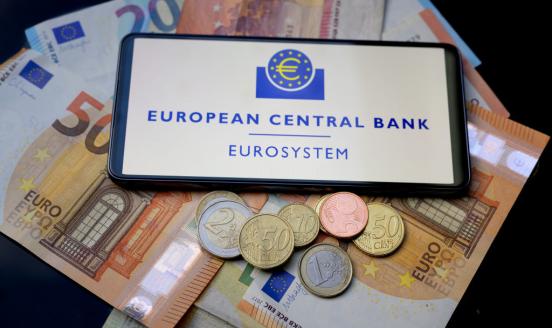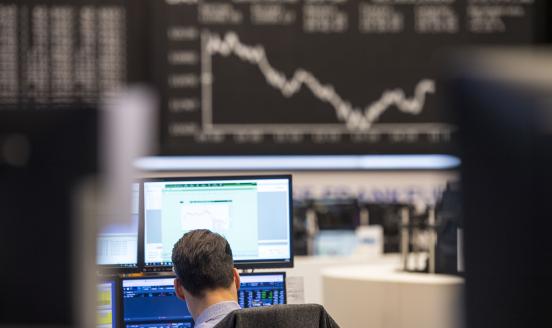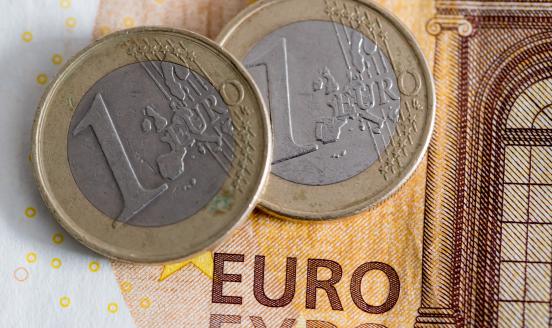De-dollarisation
“Every night I ask myself why all countries have to base their trade on the dollar,” Brazil’s President Lula da Silva said in a 13 April speech he gave at the New Development Bank in Shanghai. His hosts in China would have been very receptive to the basic idea that perhaps, despite Lula’s statement being otherwise exaggerated, the time has come for the dollar to stop being the world’s preferred currency.
In the late 1970s, 85% of world foreign exchange reserves were denominated in dollars. This dominance as much as halved in the 1980s, before steadily increasing to reach 70% at the turn of the century. Since then, the euro has captured some share of the world market. But it has in no way challenged the dollar, which over the past 23 years, has gradually lost only about 10% in reserves to reach the level of 60%. The percent shares of reserves in global currencies are roughly 60-20-5-5-10, respectively for dollar-euro-pound-yen-the rest.
Following the invasion in Ukraine, many argued that the freezing of the Russian Central Bank’s assets was a turning point for the dollar’s dominance. This changes the insurance value of holding reserves, as central banks around the world are now forced to prepare for the possibility of seeing their assets captured and frozen. This would necessarily mean holding less of the sanctioning countries’ currencies, namely the dollar (and possibly the euro).
More than one year on since the Russian invasion of Ukraine, has the dollar lost its leadership role?
The latest IMF data show that the share of the dollar in allocated reserves remained at around 59% in 2022. There was, however, an 8% reduction in all reserves held at the end of 2022 compared to the amount recorded at the end of 2021. Given its relative importance in total reserves, most of the drop came from the dollar reduction of 9%. But equally, euro reserves dropped by 9%, as did all other big currencies (with the exception of the Swiss franc which witnessed a big increase).
The dollar has not lost its relative importance but the demand for all foreign exchange reserves has dropped as Central Banks bought in 2022 the highest level of gold since the 1950s. It may be too soon to know whether this is a long-term trend. And in any case, the dominance of the dollar is not demonstrated just by the foreign exchange reserves held. More than half of world trade is invoiced in the US currency and half of cross-border loans are issued in dollars. There would have to be a significant change in the way the dollar is used in all economic activities before it loses its current standing.
The preference for using the dollar globally is not just because of the quality of the currency, but because it provides the infrastructure and legal certainty that facilitates payments. It is this quality of the dollar’s attractiveness that is challenged by structural changes taking place.
Currently, countries that wish to maintain their economic ties with Russia are no longer able to use the dollar (or the euro) because of sanctions. Recently, Bangladesh opted to use the yuan to settle a payment for a nuclear plant that Russia will build. A similar payment difficulty forced Putin to demand to be paid in rubles for the gas that the EU bought in 2022, even though the contracts were mostly written in euros or dollars.
The most common argument against the idea that the dollar will lose its leadership role is that there is no credible alternative. As far as payments are concerned, countries are having to look for alternative payment infrastructures that will allow them to continue economic activities with those under sanctions. Once those infrastructures are built and used, the threshold for reverting to the use of the dollar will have increased.
Central bank digital currencies (CBDCs), currently in some phase of development in 114 countries, can facilitate this transition away from the dollar, as they promise to be a revolution in cross-border (wholesale) payments. Any two central banks will be able to settle payments between them, in their own currencies, without having to rely on the big corresponding banks, or the dollar’s settlement system.
For the moment CBDCs are in operation in countries where the main motive is to improve domestic payments, not necessarily cross-border payments. The establishment of a global standard for CBDCs, which is necessary for this revolution to take place, is still very far from reality. But many central banks are preparing to launch the digital equivalent of their currencies even if the motives for doing so are very different for many jurisdictions.
One of the consequences of sanctions is that it forces those sanctioned to seek alternatives. Having no access to the dollar forces countries to go elsewhere. The Central Bank of Brazil is very actively exploring how to construct a digital currency for cross-border, wholesale payments. President Lula’s thoughts by night are being put into action by day.



